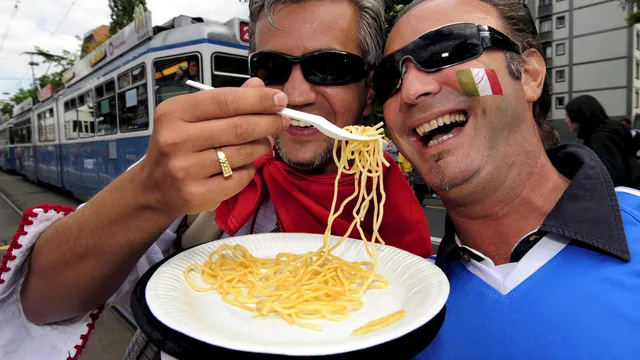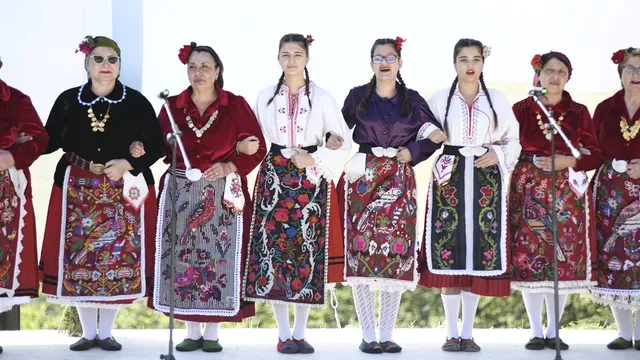Italians reacted with anger after the popular British website Good Food published a recipe for a traditional Roman dish that did not contain the correct original ingredients and seemed to belittle it as "fast food."
Pasta cacio e pepe is a favorite Roman dish, known for being simple but surprisingly difficult to prepare, so Good Food's description of it as something that can be made for a "quick lunch" angered many, the BBC reports.
The recipe contained four ingredients—spaghetti, black pepper, Parmesan cheese, and butter, with double cream offered as an option—when in fact there should only be three: spaghetti, black pepper, and pecorino cheese.
The outrage was so great that an association representing restaurants in Italy raised the issue with the British Embassy in Rome.
The Fiepet Confesercenti association said it was "surprised" to see the recipe on such a respected British food website, which until 2018 was owned by the BBC.
Its president, Claudio Pica, said letters had been sent to Immediate Media, the site's owner, and to British Ambassador Edward Llewellyn.
Pica said:
"This iconic dish, traditional to Rome and the Lazio region, has been a staple of Italian cuisine for years, to the point that it is even prepared outside Italy."
He expressed regret that he was contradicting the British website, but explained that "the original recipe for cacio e pepe does not include Parmesan cheese and butter. There are not four ingredients, but three: pasta, pepper, and pecorino cheese."
The scandal was widely reported in the Italian media, with a journalist from public television RAI stating:
"They always tell us we're not as good as the BBC... and then they do this. This is a very serious mistake. The suggestion to add cream made me cringe."
The Good Food brand was owned by BBC Studios (the commercial arm of the BBC) before being sold to Immediate Media Co – with the BBC prefix removed from its name last year.
While some cooks may experiment with the dish, the main concern is that the website misled readers by presenting its version as the original.
Italians often mock foreigners for their interpretation of their recipes, but the outrage in this case runs deeper: the tampering with tradition.
Maurizio and Loredana run a hotel in the centre of Rome that has been in their family for four generations.
"You can make all kinds of variations, but you can't use the original Italian name for them," Maurizio said.
"You can't say it's cacio e pepe if you add butter, oil, and cream. Then it becomes something else."
He added, "You have to give Caesar what belongs to Caesar!"
Giorgio Eramo runs a fresh pasta restaurant near St. Peter's Square, where he serves cacio e pepe and other traditional pasta dishes.
"That's terrible. That's not cacio e pepe... What Good Food published, with butter and Parmesan, is called 'pasta Alfredo'. That's a different kind of pasta," he said.
On his restaurant menu, he offers cacio e pepe with lime—a variation. But he says that's okay.
"It's different, it's for the summer, to make the pasta fresher. But it doesn't affect the tradition. It's not like cream or butter. Lime is just a small change."
Nicola, who has a sandwich shop near the Vatican, is particularly indignant about the inclusion of cream.
"Cacio e pepe should not be made with cream; cream is for desserts. For God's sake! Anyone who uses cream doesn't know what it means to cook."
Italians often get angry when foreigners change their recipes—for example, pizza with pineapple, cappuccino after lunch, or carbonara with cream.
Eleonora, who works in a busy café in the center of Rome, thinks that Italians probably don't need to get so angry about something like this, but she understands why they do.
"Our tradition is based on food. So if you mess with the only thing we have in the whole world... it can make us a little sad," she suggested. | BGNES

 Breaking news
Breaking news
 Europe
Europe
 Bulgaria
Bulgaria







